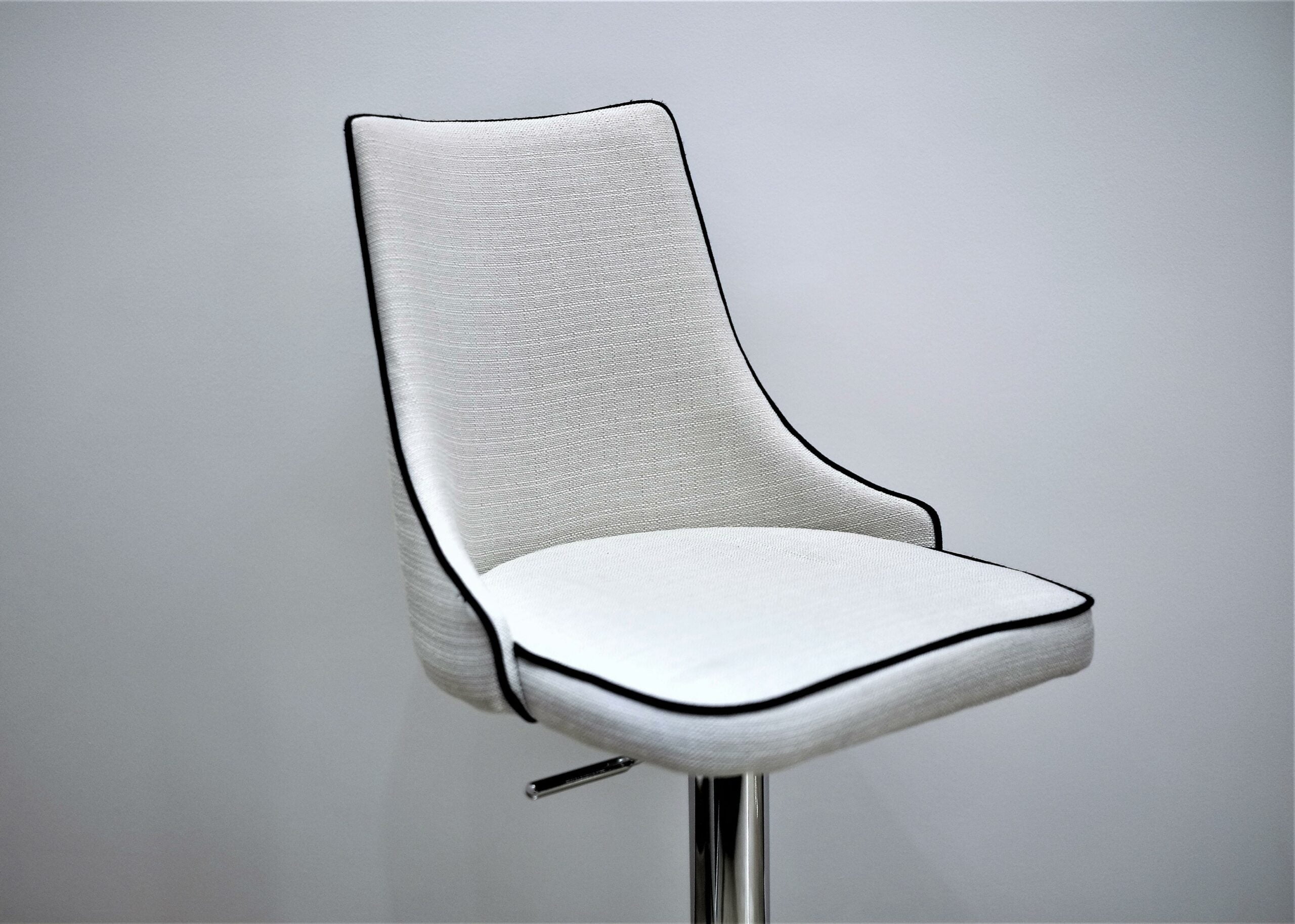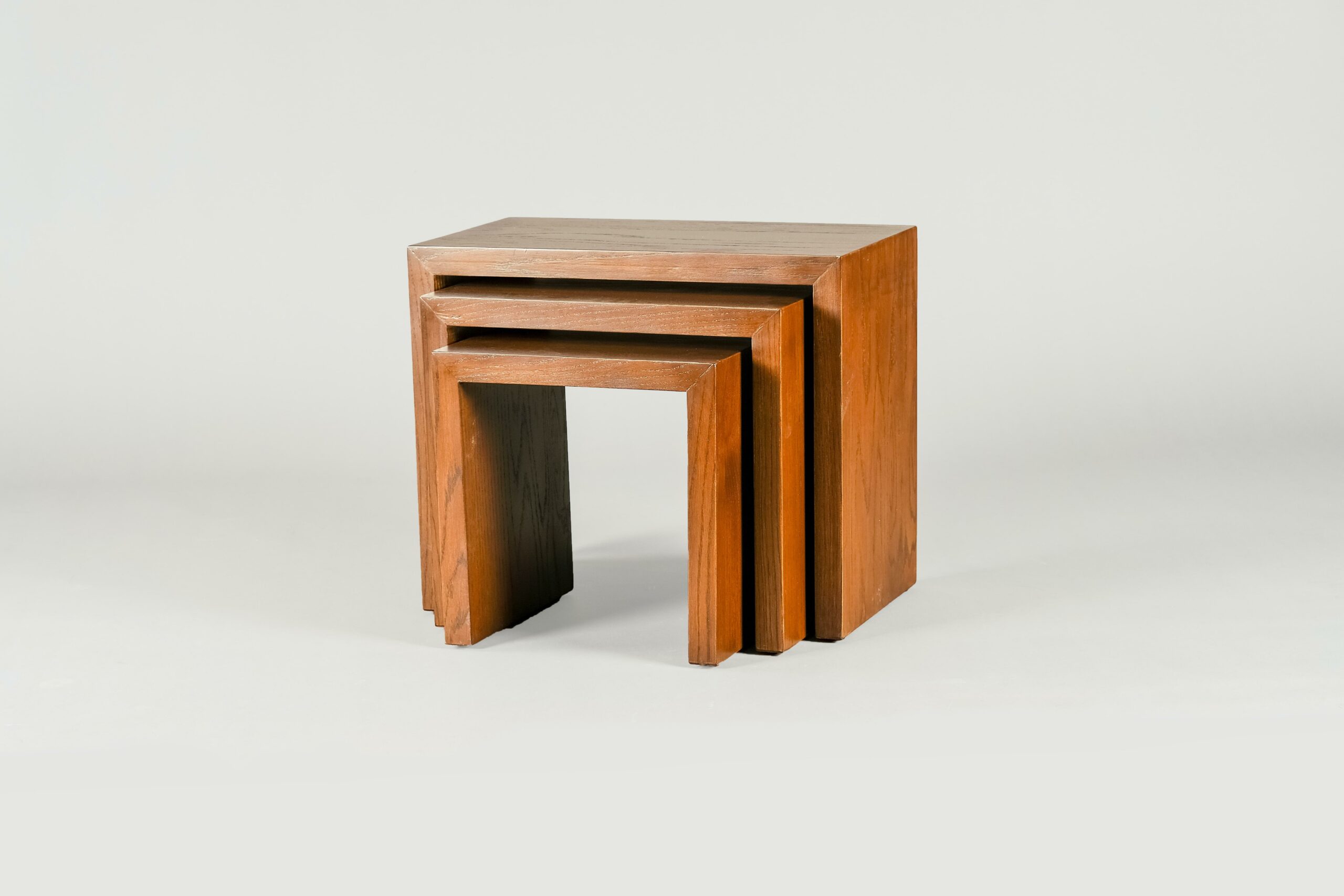If you’re someone who appreciates the art of furniture making, then you’re in for a treat. In this article, we’re going to dive deep into the world of furniture making techniques and facts. Whether you’re a seasoned furniture maker looking to enhance your craft or simply a furniture enthusiast curious to learn more, we’ll uncover the secrets behind mastering this timeless art. From the intricacies of joinery to the artistry of veneering and finishing, prepare to be captivated by the fusion of traditional and modern approaches that create stunning and functional pieces. So, let’s embark on a journey to unravel the techniques and facts that make furniture making truly remarkable.

Furniture Making Techniques and Facts
As a seasoned furniture maker, I have spent years honing my craftsmanship and perfecting various furniture making techniques. In this article, I will unveil some of the most essential techniques and share interesting facts to help you appreciate the art of furniture making.
Joinery: The Backbone of Furniture Making
Joinery is the foundation of any well-crafted piece of furniture. Without proper joinery techniques, the structural integrity of the furniture can be compromised. Wood joints, such as mortise and tenon, dovetail, and finger joints, are commonly used in furniture construction. Each joint has its own unique strengths and applications; mastering these techniques allows furniture makers to create sturdy and durable pieces.
“Joinery techniques are the backbone of furniture making, ensuring lasting quality and stability.”
The Art of Veneering: Adding Beauty and Depth
Veneering is a technique that involves applying a thin layer of wood or other materials to the surface of furniture. This adds visual appeal and can transform a plain piece into a work of art. From traditional methods of using hand-cut veneers to modern techniques like vacuum pressing, furniture makers have a wide range of options to explore.
“Veneering is like putting on a beautiful mask, adding depth and character to furniture pieces.”
Finishing Touches: Protection and Beauty Combined
The finishing process not only protects furniture from wear and tear but also enhances its overall aesthetic appeal. Furniture makers use a variety of techniques, such as staining, painting, and applying topcoats, to achieve desired results. The choice of finish can greatly influence the final look of the piece. It’s important to understand the characteristics of different finishes and their compatibility with various materials.
“Finishing is the cherry on top, protecting furniture while giving it a polished and refined appearance.”
Exploring New Frontiers: Modern Innovations in Furniture Making
While traditional techniques hold timeless value, the furniture industry is constantly evolving. Technological advancements have introduced innovative approaches, such as 3D printing, augmented reality, the internet of things, and artificial intelligence, into furniture design and production. These new tools and methods are revolutionizing the way furniture is created, allowing for greater customization and efficiency.
“The fusion of technology and craftsmanship opens up endless possibilities, pushing the boundaries of furniture making.”
Materials Matter: The Foundation of Furniture Design
Furniture can be crafted from various materials, including wood, metal, plastics, marble, glass, fabrics, or a combination of these. Each material brings its own unique properties and challenges. While wood remains a popular choice in furniture making, advancements in man-made materials like plywood and laminated board have expanded the possibilities for furniture designers and manufacturers.
“Mastering furniture making means understanding the strengths and limitations of different materials, allowing for innovative designs and construction.”
Master Your Craft: Continual Learning and Practice
To truly master furniture making techniques, it’s important to commit to continual learning and practice. While basic techniques form the foundation, there is always room for growth and exploration. Engaging in workshops, collaborating with fellow furniture makers, and seeking inspiration from the works of renowned craftsmen can broaden your knowledge and refine your skills.
“The path to mastery is paved with curiosity, dedication, and a hunger for knowledge.”
As you delve into the world of furniture making techniques and facts, remember that it is a multifaceted craft that requires both technical skill and artistic vision. By combining traditional methods with modern innovations and constantly pushing the boundaries, you can create furniture that seamlessly blends aesthetics and functionality, standing the test of time.
So, whether you are an aspiring furniture maker seeking to expand your knowledge or simply an admirer of fine craftsmanship, let’s embark on this journey together and uncover the beauty and intricacies of furniture making.
“Furniture making is a dance between technique and creativity, where every piece tells a story and leaves a mark in the world of design and craftsmanship.”
Furniture making is an incredible skill that has been refined over centuries. Whether you’re a woodworking enthusiast or simply curious about the process, you’ll be amazed by the fascinating facts about furniture making. Did you know that furniture making dates back to ancient Egypt and Mesopotamia? It’s true! The art of crafting beautiful and functional pieces has been passed down through generations, and we’re lucky enough to enjoy the fruits of this labor today. If you’re interested in learning more about the history, techniques, and innovations behind furniture making, check out our comprehensive guide on facts about furniture making. Just click here for an eye-opening journey through the world of furniture craftsmanship.
FAQ
Question 1: What are the essential techniques used in furniture making?
Answer 1: Furniture making involves a variety of techniques, including joinery, veneering, finishing, and shaping. These techniques are crucial for creating fine furniture and ensuring its longevity.
Question 2: How are different materials used in furniture making?
Answer 2: Furniture can be constructed using various materials such as wood, metal, plastic, and glass. Each material offers unique properties and requires specific techniques for cutting, shaping, and joining to create beautiful and functional pieces.
Question 3: How is modern technology impacting furniture design and production?
Answer 3: Modern technology, including 3D printing, augmented reality, internet of things, and artificial intelligence, is revolutionizing furniture design and production. These advancements are enabling designers and manufacturers to explore innovative shapes, materials, and customization options.
Question 4: What are the steps involved in the furniture manufacturing process?
Answer 4: The furniture manufacturing process typically includes designing, cutting, shaping, joining, finishing, and assembling materials. Each step requires precision and expertise to ensure that the final product meets the desired specifications and quality standards.
Question 5: How does craftsmanship play a role in furniture making?
Answer 5: Craftsmanship is crucial in furniture making as it involves honed skills and deep understanding of techniques. A seasoned furniture maker with craftsmanship expertise can seamlessly blend traditional and modern approaches, resulting in pieces that effortlessly blend aesthetics and functionality.
- Unraveling Einstein’s Legacy: Who Inherited His Genius? - July 14, 2025
- Unlock Einstein’s Family Tree: Bernhard Caesar & Untold Stories - July 14, 2025
- Unveiling Bernhard Caesar Einstein: His Life & Albert Einstein’s Legacy - July 14, 2025
















